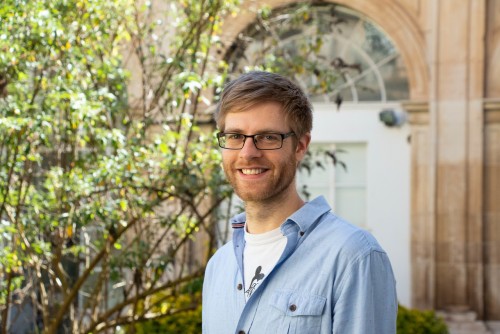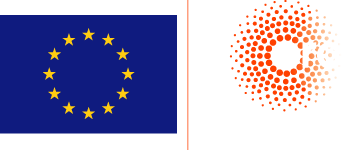
A region of the brain involved in social perception is associated with recognizing human social interactions as an interactive unit
Romanticism appeared in the eighteenth century from the minds of poets, artists and philosophers, bringing ideas such as the existence of a soul mate and of couples being two people bonded together. This is an interesting analogy for the findings published recently in the NeuroImage journal by two Bangor University scientists. The paper called “Dyadic interaction processing in the posterior temporal cortex” describes a specific brain region as being associated with the recognition of two-person interactions’ instead of the recognition of two separated individuals.
Jon Walbrin, one of the study authors, now working at Proaction Lab in University of Coimbra, explains that the research aim was to explore whether any brain region perceives two interacting humans as a complete ‘unit’. Adult volunteers had their brains scanned while they viewed short videos of either: two individuals interacting together, or either individual acting alone. When comparing the results of the different video stimuli, the researchers found that only one brain region – the extrastriate body area, or “EBA” – was sensitive to the differences between the videos. “This region is sensitive to additional interactive information when two individuals interact together, but not when individuals act alone”, says Jon Walbrin.
The researchers used then a machine learning method. The method resembles to this example: “You are teaching a young child the difference between an apple and an orange, and for that, you show 4 different pictures saying this is an apple, and then 4 pictures saying this is an orange”. Walbrin describes that to test if the child learned the concepts, one must show a different and previously unseen picture of an apple or orange and ask the child what it is. If the child can tell you, it means that she learned how to differentiate between the fruits. “We do a similar thing with the brain data, feeding the algorithm with patterns of brain responses for different categories”.
Up until now most of the research that has tested responses in EBA has focused on individual bodies, but the team showed that this brain region is sensitive not just to individual bodies, but in responding two interacting people as a meaningful interactive unit.
These findings are an important step towards understanding how the brain represents complex interactions between people. Along with “learning more about this fascinating and important human ability, further research may help understand social information processing problems in individuals with autism spectrum disorder or schizophrenia”, the researcher added.
Jon Walbrin is now studying category-selective responses to tools, bodies, and human-tool interactions in the brain. He uses a method called multivoxel pattern analysis to look for patterns of activity in specific brain regions to deduce their functional role and the role of wider brain networks.













